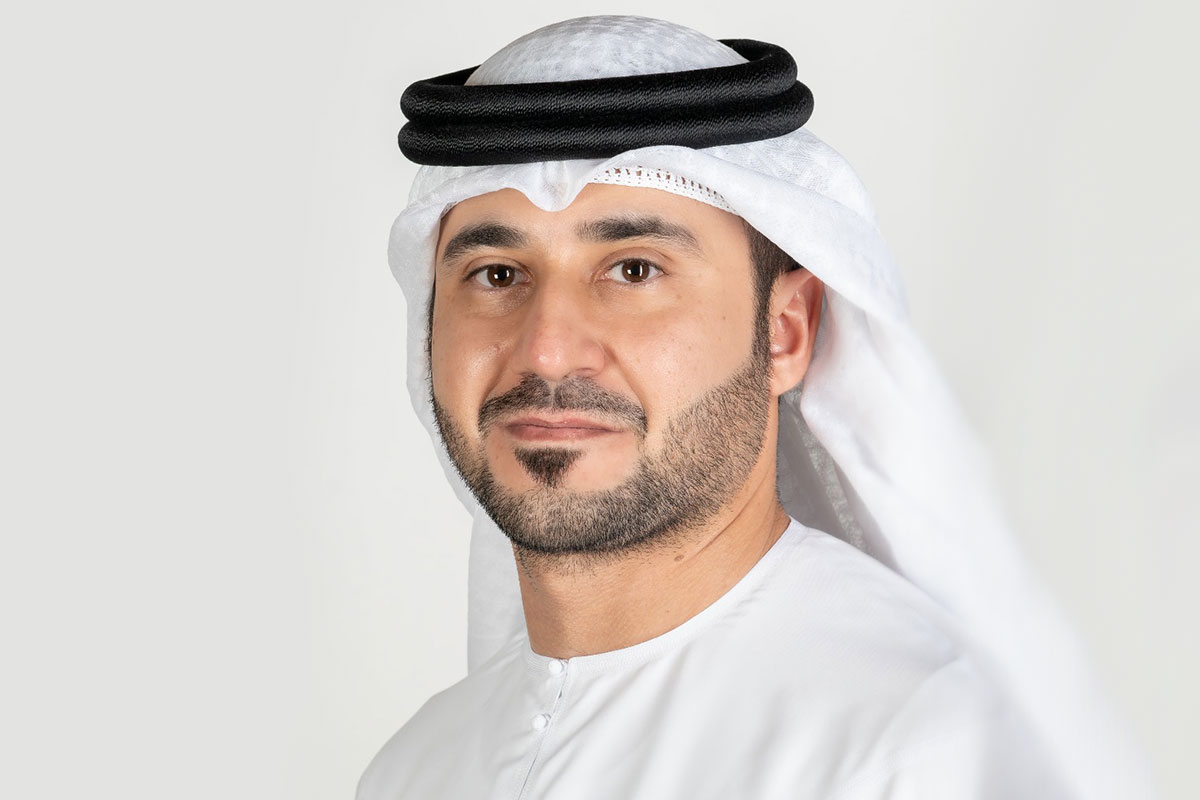The Future of Battery Energy Storage Systems in the UAE’s Electric Grid

The global push towards renewable energy sources is gaining momentum, with a recent report revealing that more than 30 per cent of the world’s electricity was generated from renewables for the first time in the past year. This marks a significant increase from the year 2000, highlighting the shifting trends towards cleaner and more sustainable energy solutions.
Despite this progress, the transition from fossil fuels to renewables does come with its own set of challenges. A recent report by Breakthrough Energy pointed out the difficulties in meeting the growing energy demands of the future, particularly in terms of storage and transmission considerations within the realm of renewable energy sources.
One promising solution to address these challenges is the use of Battery Energy Storage Systems (BESS). These advanced technological systems play a crucial role in storing excess renewable energy for later use, ensuring a constant and reliable power supply regardless of weather conditions. Studies by MIT researchers have shown that integrating BESS with renewable energy projects can enhance their efficiency by reducing the need for additional generation and transmission capacity, ultimately lowering the overall costs of renewable energy projects.
The International Energy Agency (IEA) has projected a significant increase in the global demand for BESS, with a capacity of 1,200GW expected to be needed by 2030. This represents a significant surge from the 85GW capacity recorded in 2023, underscoring the urgent need for greater investments and innovation in this field to support the transition towards renewable energy solutions.
Leading the charge in embracing BESS are countries like the United States and China. In the U.S., states like California have been at the forefront of implementing giant battery systems to store energy generated from solar power. These systems have proven to be highly effective, with California’s batteries supplying a substantial portion of the local electricity demand. Other states, such as Texas and Arizona, are also ramping up their investments in BESS to boost the nation’s battery output significantly.
China has also made significant strides in expanding its energy storage capacity, with a nearly fourfold increase in 2023 alone. The country’s emphasis on clean energy sources, particularly lithium-ion batteries, has propelled it to the forefront of the renewable energy sector. Similarly, the UK has been focusing on increasing its installed battery capacity, with plans to expand it further in the coming years.
In the midst of these developments, the United Arab Emirates (UAE) is positioning itself as a key player in the adoption of BESS. With a strong commitment to sustainability and innovation, the UAE has been actively investing in renewable energy initiatives, with organizations like Masdar leading the way. Masdar’s investments in battery storage projects in the UK and Malaysia, as well as collaborations with countries in the MENA region, highlight the UAE’s efforts to bolster its clean energy infrastructure.
In Abu Dhabi, the UAE is set to build two 150MW BESS facilities, the largest of their kind in the region. These projects are part of the country’s ambitious plans to triple its clean energy contribution by 2030, underscoring the crucial role that BESS will play in shaping the UAE’s sustainable energy future.
While China currently leads the way in renewable energy adoption, the UAE’s strong commitment to sustainability and innovation positions it as a key player in the global transition towards cleaner energy sources. With continued investments and partnerships in the BESS sector, the UAE is poised to join the ranks of renewable energy leaders within the next five to 10 years.






